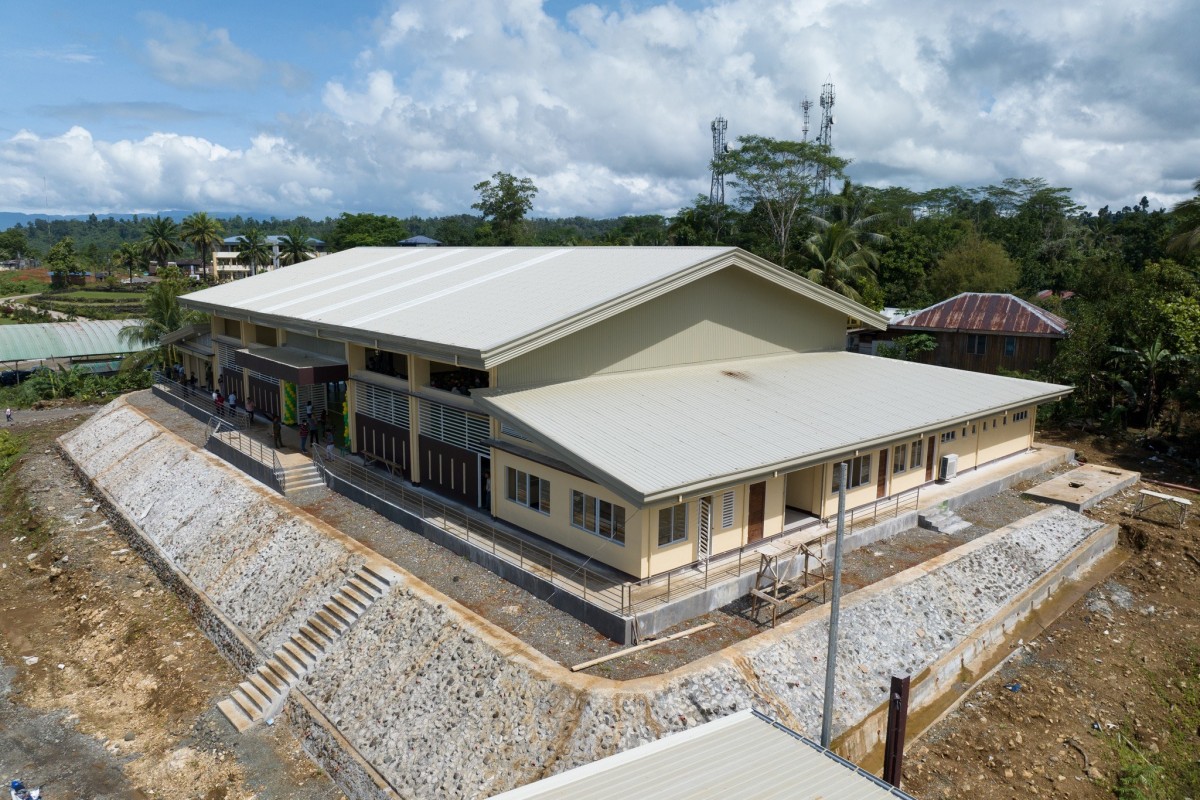BUTUAN CITY — The impact of being severely hit by a category 5 Super Typhoon ‘Odette’ has significantly heightened the awareness and understanding of disaster resilience among Filipinos.
According to the United Nations International Strategy for Disaster Reduction (UNISDR), disaster resilience is the ability of individuals or people and institutions not just to stand up from calamity, but rather to bounce back and become better.
In a recent episode of Kapihan with PIA Caraga held at SM City Butuan, Regional Director Liza Mazo from the Office of Civil Defense (OCD) Caraga emphasized that true resilience involves not only recovering from events but also understanding their lessons and taking preventive actions to avoid their recurrence.
“Such as a light material house destroyed by a typhoon, when we help rebuild it, we do not anymore use the same light materials or this household will experience the same trauma when another typhoon will come. Instead, we progressively rebuild a typhoon-proof structure made of bricks and better materials, through the help and assistance of the stakeholders, “ Regional Director Mazo said.
The Usapang Resilience was attended by members of the Caraga RDRRMC, with each participant sharing how previous calamities and emergencies have continuously driven their teams to perform better in delivering service to the public. They discussed the improvements on their strategies, embracing best practices, initiatives, innovations, and more in the four thematic areas of DRRM namely, disaster prevention and mitigation; disaster preparedness; disaster response; and disaster rehabilitation and recovery.
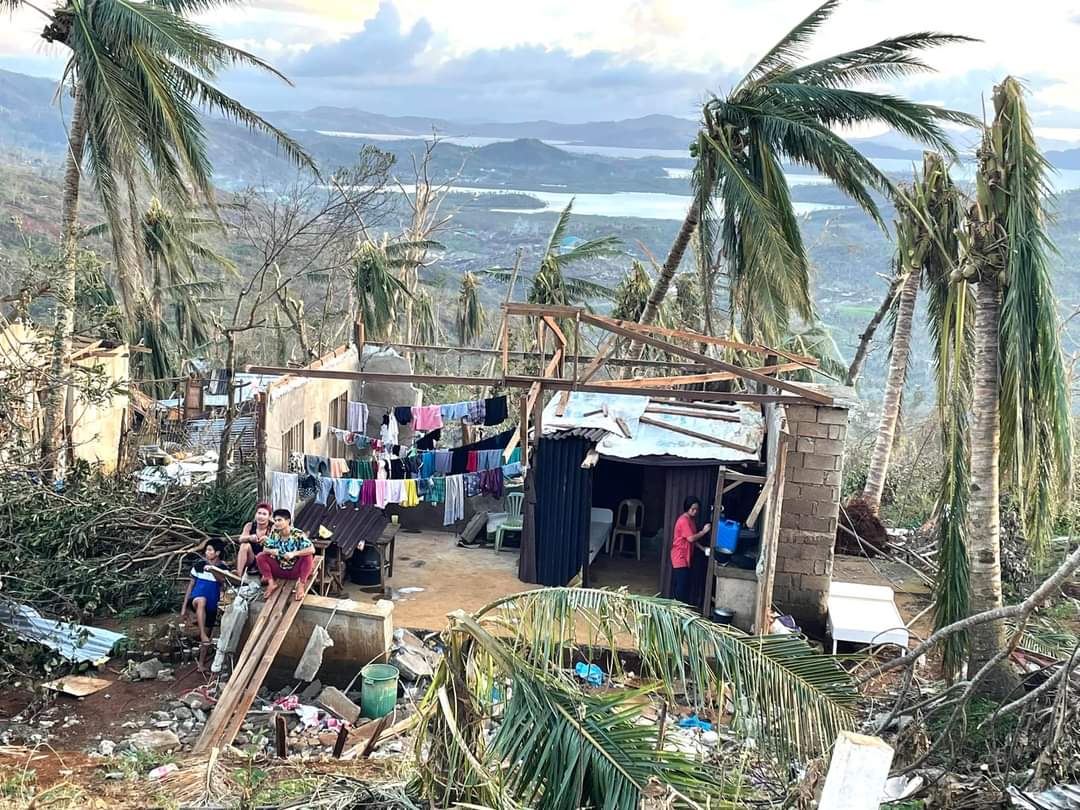
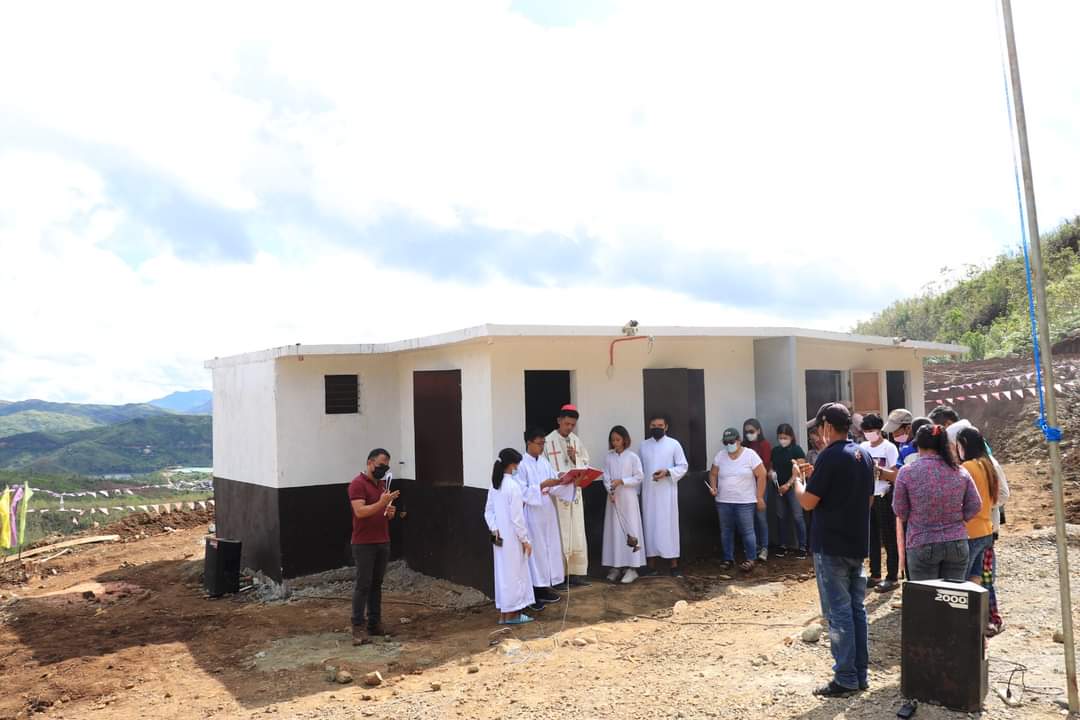
Project TAMING
Technologically-based Assessment and Management Information for Natural Geo-hazards (TAMING) database was developed by the Agusan del Norte Provincial Disaster Risk Reduction and Management Office (PDRRMO) to address the challenges in collecting baseline data for planning. With the system, it can help collect household demographics and critical infrastructure data which are needed and vital for disaster risk reduction management. The system is user friendly and will be utilized by local government units, partners and stakeholders in their planning, law-making, project implementation, and more.
“As we all know, wala gid tay makuha nga baseline data nga basehan sa ato planning ug legislation sa Agusan del Norte nga makatabang ug palig-on sa ato local DRRM. [we do not have baseline data to use for our planning and legislation in Agusan del Norte to strengthen our local DRRM],” an honest statement of Erma Suyo, chief PDRRMO of the said province.
Engr. Rodel Tagupa of the Operations and Warning Division of the Agusan del Norte PDRRMO, one of the authors and developers of the system, revealed that, “ with this innovation in DRRM, we know every household member, their locations and the specific hazardous areas in every local government unit in the province hence, we can identify the assistance needed and monitor their status, so LGUs can properly plan prior to the forecast weather disturbance and the inevitable disaster, and they can give appropriate actions and systematic response to avoid casualties.”
“The system is already up and we have all the complete information in the province. This will be launched to the public soon as we are still currently working on its long-term functionality,” Engr. Tagupa added.
Empowering LGUs
On the other hand, the Department of Social Welfare and Development (DSWD), the vice chair under disaster response, continues to empower the local government units in the region as the first responders during the onset of disaster to handle immediate relief assistance to affected individuals and families through prepositioning of food and non- food packs.
“For the first semester of this year, we have 17 LGUs in the region that have prepositioning of food and non-food packs. We are closely working on increasing the LGUs for this second semester.” according to Melanie Juan, chief Disaster Response Management Division of DSWD Field Office Caraga.
The Department has mobilized its leadership in the region to get the buy-in of these remaining LGUs and require them to secure their respective warehouse for the prepositioning of humanitarian cargo to make them all-time ready for augmentation in times of disasters and emergencies.
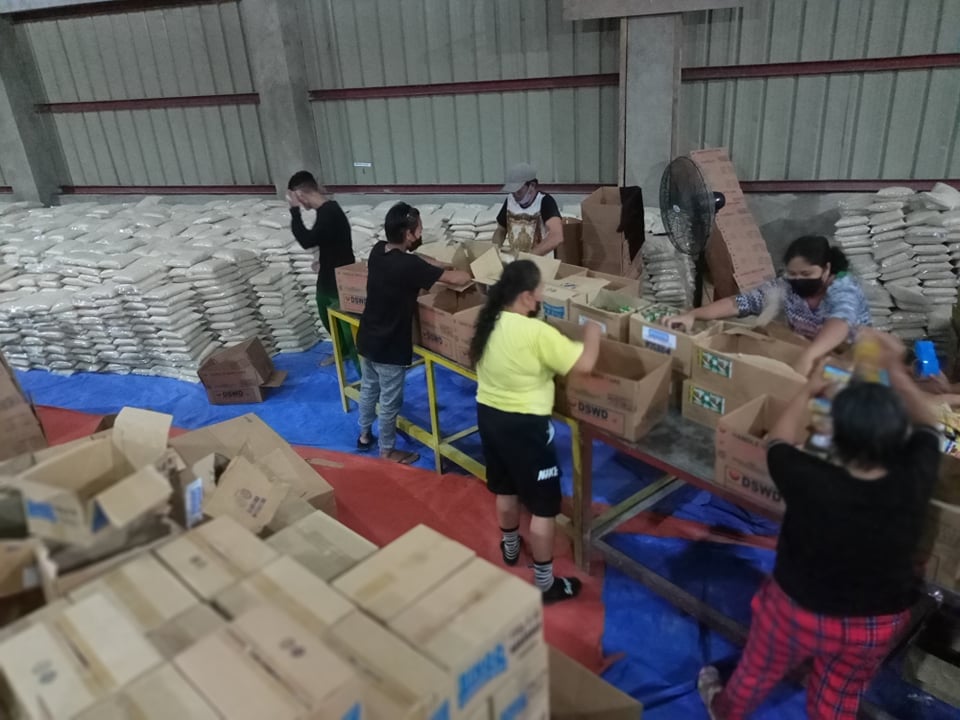
“DSWD continues to provide augmentation assistance once resources of the LGU will deplete especially due to limited national tax allotment (NTA). Our offices have a mandatory 50,000 stockpile which will be released if there is a request from affected LGU,” elaborated by Juan.
Weather habit
Engr. Ver Lancer Galanida, chief meteorological officer of the Department of Science and Technology- Philippine Atmospheric, Geophysical and Astronomical Services Administration (DOST-PAGASA), urged the public to be updated with the latest weather updates. He emphasized the good habit of checking weather updates daily as it plays a crucial role in ensuring our safety.
He shared the region's seasonal weather update and bared that the El Niño phenomenon is now observed in the Tropical Pacific Ocean.
"A potential dry spell drought outlook is being forecast by the end of October 2023. This will end by the 2nd quarter of 2024. So with this, there will be a great impact of the rainfall," he said.
Communication and contingency
When the STY Odette struck the Philippines in 2021, it tested the country’s preparedness to disaster, particularly when communication was abruptly disrupted. Telephone lines and internet connectivity ceased to function, and the restoration of communication took longer than the restoration of electricity and water.
Dir. Mazo cited the help of the ‘Very Small Aperture Terminal’ (VSAT) system which was installed in Siargao Island, Surigao del Norte, a paradise ravaged by STY Odette. This technology enabled the DRMM team to maintain open lines of communication and effectively carry out response, recovery and rehabilitation efforts.
VSAT is a two-way satellite ground station with a dish antenna that is smaller than 3.8 meters. The majority of VSAT antennas range from 75 cm to 1.2 m. Bit rates, in most cases, range from 4 kbit/s up to 16 Mbit/s.
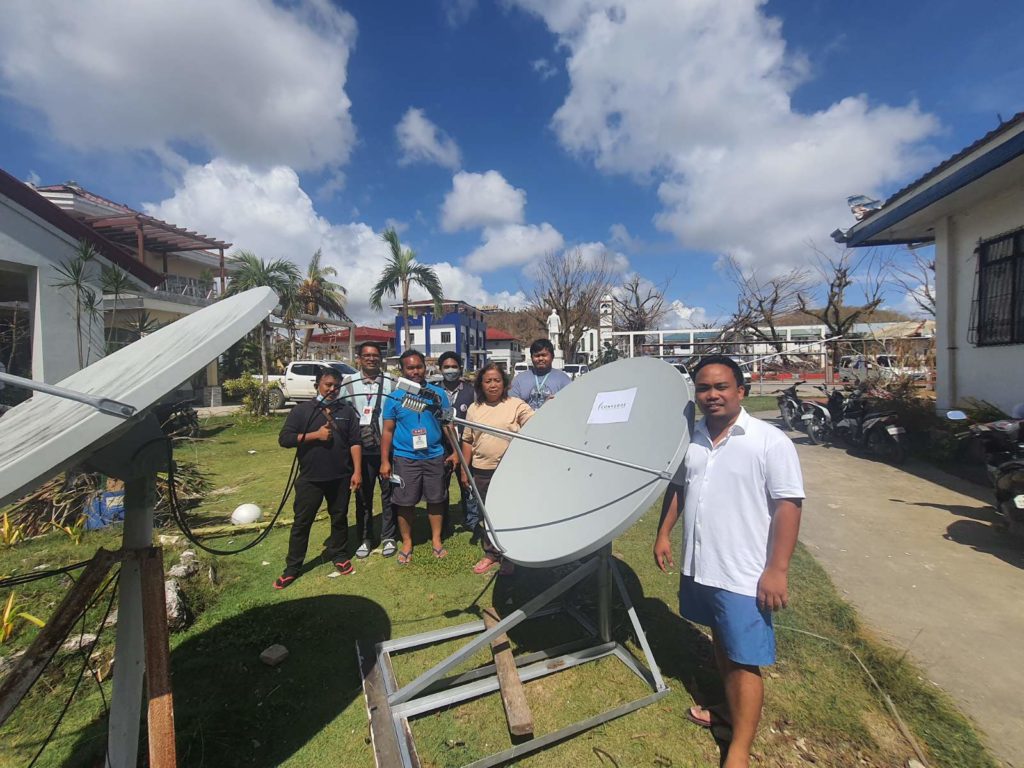
Satellite phones were effective at that time, including the Government Emergency Communications System – Mobile Operations Vehicle for Emergencies (GECS-MOVE) of the Department of Information and Communications Technology (DICT) .
A GECS-MOVE unit, as described by the World Food Programme (WFP), is composed of the following : 1)hub – a self-contained mobile operations and coordination center housed in a customized heavy-duty truck equipped with an integrated communications system where a crew of emergency telecommunications cluster (ETC) experts can live and sleep; 2)dispatch - a self-sustained connectivity hub installed in a heavy-duty off-road vehicle which helps extend the reach of the Hub into disaster zone; 3) off-road motorcycle equipped with communications equipment. This supports the crew in reaching deeper into remote, inaccessible terrain and mountain top with VHF equipment; and lastly 4) two heavy-duty drones to further extend connectivity.
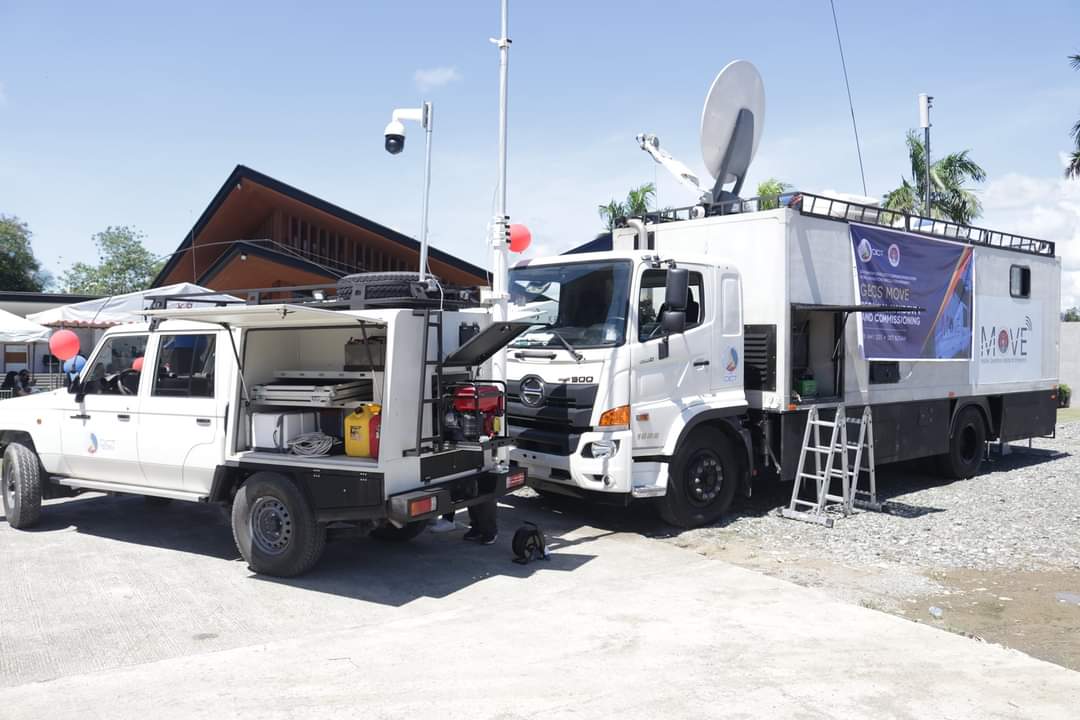
Other six of these ICT mobile vehicles are available in other disaster-prone areas in the country such as in Quezon City in NCR, Batangas City in Luzon, Mabalacat City in Pampanga, Tacloban City in Visayas, Davao del Sur in Davao region and Butuan City in Caraga region.
Engr. Tagupa underscored the relevance of reviving and strengthening radio communication and being made available up to the barangay level as not to hamper grassroots communication especially during disaster. This was appreciated in the province of Agusan del Norte when STY Odette disrupted tele and digital communications.
These reliable and contingency structures supported the coordination among DRRM, the government, private sector, partners and other stakeholders for the life-saving interventions.
According to the Global Climate Risk Index of 2020, the Philippines being situated in the Pacific Ring of Fire is susceptible to various hazards such as earthquakes. Additionally, being located in the typhoon belt of the Pacific, the country encounters an average of 20 typhoons each year..
Amidst the inevitability of disasters, the significance of disaster resilience becomes evident which can lead us not only towards recovery but also to become better prepared for any eventualities. (RLE, PIA-Caraga)
